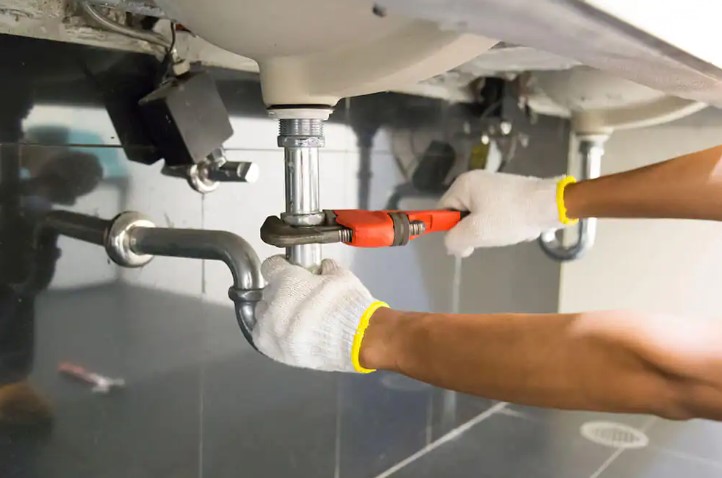
Safeguarding Chimneys: Caps, Flashing, and Preventive Maintenance
A properly functioning chimney protects your home from fire hazards, water infiltration, and structural decay. Yet many homeowners overlook two critical components—chimney caps and flashing—that work together to keep masonry safe. Understanding how these elements function and recognizing early warning signs of failure can help you avoid expensive repairs down the road.
Why Chimney Caps Matter
A chimney cap is the masonry or metal cover that sits atop the flue, shielding the interior from rain, snow, and debris. Without a cap, water can flow directly into the chimney stack, saturating mortar joints and accelerating brick deterioration. In colder climates, trapped moisture freezes and expands, widening cracks and loosening bricks. A well-designed cap includes an overhang and drip edge to channel water safely away from the masonry.
Besides moisture control, caps help prevent downdrafts that blow smoke back into living spaces. Fine mesh screens can also be incorporated to deter birds and small animals from nesting inside the flue—reducing blockages and fire risk. If a cap is missing or cracked, a qualified masonry contractor should inspect and replace it promptly.
The Role of Flashing at the Roofline
While caps protect the top of the chimney, flashing safeguards its base where brick meets roofing. Flashing is typically installed in two layers—base flashing extends beneath shingles, and counter flashing is embedded into mortar joints. Together, they form a waterproof barrier that diverts rainwater and melted snow away from the vulnerable intersection of roof and chimney.
Signs of failing flashing include rusty metal, gaps between the flashing and masonry, or water stains on interior ceilings near the chimney. Early repairs—often involving resealing or replacing damaged sections—help prevent rot in roof sheathing and rafters. Homeowners unsure about flashing condition can request a targeted inspection from technicians specializing in chimney repair services.
Routine Maintenance Checklist
To ensure long-term chimney health, incorporate these tasks into seasonal home-care routines:
- Visually inspect the cap each spring for cracks or chips and ensure mesh screens remain intact.
- Clear leaves or debris from the crown and rain cap to maintain proper airflow.
- Examine flashing after severe storms for lifted edges or new rust spots.
- Schedule professional sweeping and inspection annually to identify hidden deterioration inside the flue.
- Repoint mortar joints or seal fine cracks promptly to block water infiltration.
When Full Restoration Becomes Necessary
If water damage has progressed beyond minor flashing repairs—manifesting as spalled bricks, wide vertical cracks, or interior leaks—a more comprehensive solution may be required. In such cases, coordinated brick repair services can stabilize the structure, replace severely damaged units, and renew mortar joints. By restoring both chimney masonry and surrounding flashing as a single project, homeowners maximize durability and minimize future maintenance costs.
Conclusion
Chimney caps and flashing form the first and last line of defense against moisture, animals, and fire hazards. Routine inspections, quick fixes of minor flaws, and timely professional repairs protect both your roof and your home’s interior. For expert guidance on preventive strategies or full-scale restorations, GTA Masonry provides tailored assessments that keep chimneys safe, efficient, and looking their best.



